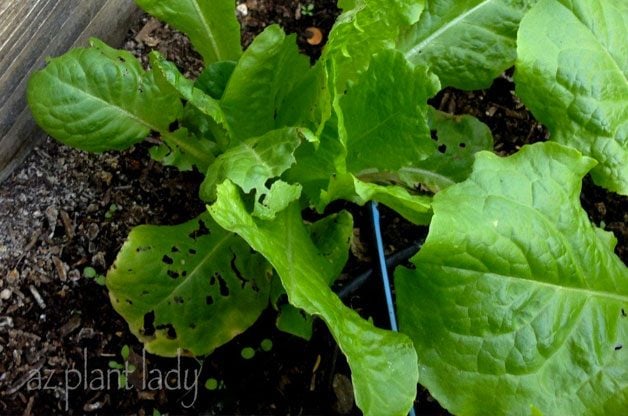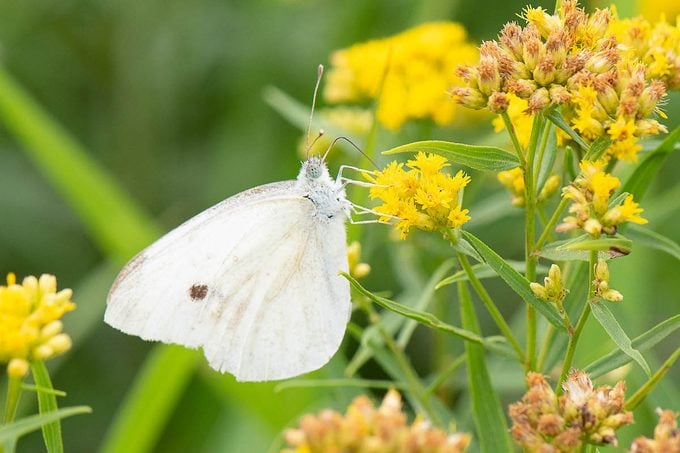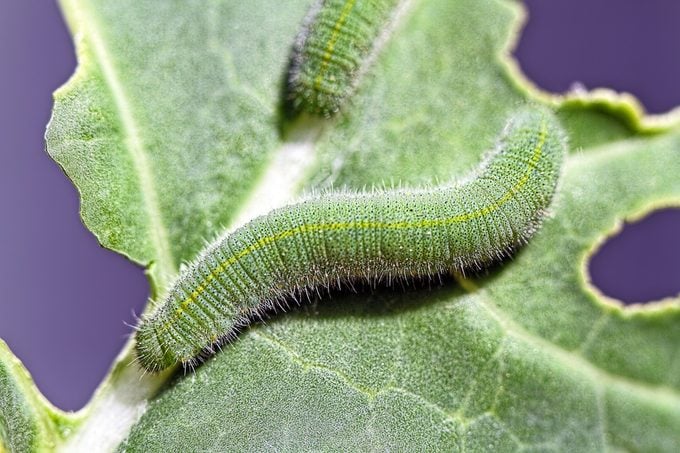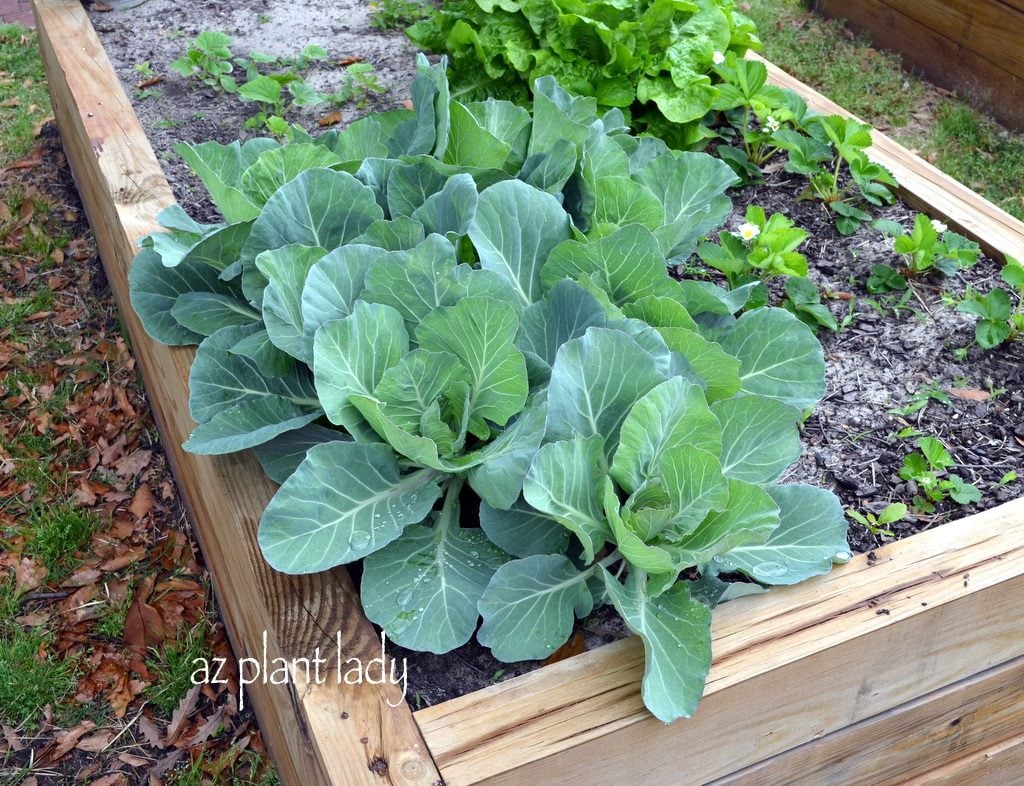Got Holes in Your Leafy Greens? You Have Cabbage Worms
Updated: Jun. 20, 2023
Use organic solutions to protect your leafy greens from damaging cabbage worms. Find out what to do if you see holes in cabbage leaves.
Signs of Cabbage Worm Damage

Have you noticed some damage to the leafy greens in your garden, with tiny holes eaten out of the cabbage leaves? A few weeks ago, I was greeted by this sight in my vegetable garden. Almost all of my lettuce plants had small holes eaten out of them. In addition, the leaves of my broccoli, cauliflower and kale had the same problem.
These small holes in leaves are telltale signs of the cabbage worm. Actually, the are several insects that cause this type of damage and are generally referred to as cabbage worms. This includes the imported cabbage worm, the diamondback caterpillar and cabbage looper. The cabbage worm will eventually become the cabbage white butterfly, while the diamondback caterpillar and cabbage looper become moths.

The adult butterflies and moths lay their eggs on the leaves of cabbage, leaf lettuce, broccoli, cauliflower and kale and other greens. The eggs quickly hatch and the young caterpillars start feeding. These pests are usually more prevalent in late summer and fall than in the spring. Read on to find out what you can you do if you are seeing small holes on your leafy greens.
Find out how to get rid of slugs and snails in the garden.
Solutions for Cabbage Worms

The best thing to do is to prevent the problem from happening in the first place by covering your leafy greens once sown or planted from transplants using a floating cover. But, since I already have an infestation, I need to resort to other methods.
- Spraying leaves with BT (Bacillus thuringiensis) will work and is an organic solution.
- Plant resistant varieties such as red-colored leafy greens, which the cabbage worm tend to avoid.
- Introduce natural predators of the cabbage worm such as larvae of Trichogramma wasps, which devour the eggs before they hatch.
- Plant your leafy greens in spring when the cabbage worm is not as active, rather than in late summer/fall
- Sprinkle diamotacious earth on and around each plant, which is a powder made up of the tiny, fossilized remains of aquatic organisms. These tiny fossils have sharp edges that puncture the outer skin of insects, which leads to their death. This is an organic solution.
Learn how to control a Japanese beetle infestation.

So, which solution did I choose for my vegetable garden? I filled an empty spice jar with wide holes with the diamotacious earth and sprinkled it over and around my leafy greens. I like to use organic solutions whenever possible. If you try this method, make sure you wash off your leafy greens thoroughly before eating, which will get rid of any remaining traces of the diamotacious earth.
In the future, I plan to use floating row covers to keep the cabbage worms from laying eggs in the first place.
Next, learn how to stop tomato hornworms from damaging your tomatoes.



















